The seaside town of Cullen is known for its scenery, history, and local food. This former royal burgh boasts a historic harbour, bobbing with colourful boats, and a beach begging for barefoot strolls. Hike dramatic cliffs for panoramic views of the Moray Firth, then refuel with Cullen Skink or indulge in award-winning ice cream before wandering the winding streets, lined with craft shops and antique stores. Find out about our favourite things to do in Cullen.
Cullen | Scotland
With its red-tiled cottages and historic viaduct, the seaside town of Cullen is picture-perfect. It is located on the Moray Coast in the north of Scotland and welcomes visitors year-round, many of whom walk the Moray Coast Trail that begins/ends here. It is the perfect place to base oneself while exploring the beautiful Moray coast and the renowned distilleries of Speyside.
On this trip, we were staying at a picturesque campsite in Findochty, one of the fishing villages on the Moray Coast, and walked to Cullen along the coast. We started early, but not early enough to spot the deer that live on the headlands, and headed towards the famous Bow Fiddle Rock in Portknockie. The coastal path was alive with wildflowers and insects and birds and butterflies. It was gorgeous! The weather was cloudy, the scenery picturesque and we continued towards Cullen. Soon we could see Cullen’s main beach and the historic Cullen Hotel. At first glance, Cullen is pretty! Whitewashed houses, red-tiled roofs, twisting lanes, and a charming harbour– it is the perfect place to spend a few days relaxing. We walked over the iconic viaduct, explored the town, shopped at Cullen Antiques, and ate at Linda’s Fish and Chips. By then the sun was out and the North Sea was sparkling bright blue and we continued along the coast to Findlater Castle.
Did you know that the Cullen Coat of Arms features a puppy that is thought to be a pun on the name of the town, the Scottish Gaelic word for puppy being “Cuilean”?

A Short History of Cullen
The first mention of Cullen in Scottish history can be found in 962 when King Indulf was killed by the Vikings at the mouth of the river Cullen in the Battle of the Bauds. “Atween Coedlich and the sea, There lies Kings’ sons three.” According to local lore, within the vicinity, a Scots, a Danish and a Norwegian King are buried, and marked by the three isolated rocks within Cullen Bay which are today known as the “Three Kings”. In his 1904 book, The Annals of Cullen, William Cramond writes that Ptolemy in his Geography mentions the River Celnius in the North East of Scotland. Both William Forbes Skene and George Chalmers identified the Celnius with Cullen Burn.
Cullen became a royal burgh between 1153 and 1214 AD during the reigns of Malcolm IV and William I. The original village was located at the mouth of the Cullen Burn, but during the Wars of Independence against King Edward I of England in the 1300s, the residents moved inland to what is now known as Old Cullen. The church in Old Cullen, Old Cullen Kirk, was first recorded in 1236. In 1327, King Robert the Bruce’s Queen, Elizabeth de Burgh, died at Cullen and her internal organs were interred here. In 1822, upon the orders of the Earl of Seafield, the old town was demolished and residents moved to a newer planned town half a mile away.
Though fishing has been carried on at Cullen for at least 500 years, the industry developed in the 1800s and the harbour became busier with large fishing vessels and steam drifters. Cullen had a thriving herring fishing industry and specialised in the production of smoked haddock and at one time, it had three large curing houses. The town got a railway station in 1886 to serve the needs of the growing town but the railways fell prey to the infamous Beeching cuts in 1968.
In Top Things to do in Cullen, I answer the following questions:



Booking your trip via the links on this page will earn us a small commission, at no extra cost to you. Thanks for your support – Mohana & Aninda.
How to Reach Cullen by Public Transport
Cullen is an ideal candidate for a car-free holiday in Scotland because it is well-connected to the public transport network.
BY TRAIN / The nearest railway station is at Keith but there is no direct bus from Keith to Cullen, so you must change at Fochabers. It is better to arrive at Elgin which has services to Aberdeen and Inverness. Stagecoach buses 38 and 35 connect Elgin to Cullen and the journey takes an hour.
BY BUS / Stagecoach bus 35 connects Aberdeen to Elgin via Cullen. If you are arriving from Inverness, take bus 10 to Elgin, then service 35 or 38 to Cullen.
BY FOOT / Cullen is on the Moray Coast Trail that runs from Fores in the west to Cullen in the east.


When to Visit Cullen
There are things to do in Cullen in every season.
SPRING / This is when the wildflowers bloom. Our three days of sunshine were in late spring. The weather was brilliant and the crowds were yet to arrive!
SUMMER / High season when the population swells and the town becomes considerably busier. If you don’t mind the rush, this is the season of blue waters and bluer skies. Perfect weather!
AUTUMN / Misty, rainy, and colourful, autumn is one of the best times to visit Cullen. Also, you can find cheaper accommodation in this season.
WINTER / As anywhere else in Scotland, winter is cold and blustery but if you are lucky, you may see the Northern Lights dancing in the sky.



Things to do in Cullen
Despite its size, Cullen packs a punch! Find out about our favourite things to do in Cullen.
Hit the Beaches
Bordered by an immaculate golf course and a mercurial sea, Cullen Beach is the main beach in town. On a clear day, you can see Caithness and the dark silhouette of Morven from here. It is the perfect place to enjoy some fun time with the kids or to have a picnic on a sunny summer day. In summer you can see the cruises from Invergordon sail up and down the Moray Firth. Cullen Beach is a short walk from the town and has a cafe.
The other beach, the picturesque Sunnyside Beach, is a short hike away! Don’t miss it! We visited it on a sunny day and it felt as if we were transported to the soft white sand and sparkling blue waters of the tropics. It reminded us of the gorgeous beaches on the stunning Isle of Arran or the mesmerising Isle of Gigha. If you have time and don’t mind the walk– through bluebells and wildflowers in spring–, I highly recommend packing a hamper and enjoying a picnic on the beach. It is also a lovely place to wild camp, should you want to spend more time and see the sunrise.



Eat Cullen Skink!
This is, of course, one of the top things to do in Cullen! We couldn’t because of our dairy intolerance but you should try the Cullen Skink, a hearty soup made of smoked haddock, potatoes, and onions.
History of Cullen Skink: Skink is the Scottish term for a knuckle, shin, or hough of beef, and Cullen Skink was originally made with beef shin meat. Economic uncertainties in the 1890s made meat expensive but as Cullen specialised in the production of smoked haddock, locals resorted to using it as an alternative to meat and thus was born the Cullen Skink. As a tribute to the fishing folk of Cullen, the Cullen Skink World Championship is held to this day.
Shop for Antiques
Cullen Antiques Centre on Seafield Street is choc-a-bloc with knick-knacks and collectables. If you enjoy shopping, don’t miss this place. We bought souvenirs and a book but spent quite a long time admiring cut-glass decanters and wine glasses, antique ceramics and dinnerware, old postcards, and a large collection of artwork.


Visit Cullen Kirk
Half a mile from the town centre is Cullen Kirk, also referred to as St. Mary’s Collegiate Church, known for being the burial place of the internal organ of Queen Elizabeth de Burgh. The first mention of the church dates back to 1236. The category A building was described by John Hume as “an exceptional example of the influence of the Renaissance on late Scots Gothic.”
Photograph the Cullen Viaduct
No list of things to do in Cullen is complete without mentioning the viaduct. Cullen’s railway was axed in the infamous Beeching Cuts but the iconic viaduct still stands strong. It carries a path for cyclists and pedestrians now; if you are walking to or from Portknockie, you will walk over the viaduct. Otherwise, just marvel at this handsome work of architecture and engineering from the beach.
If you are looking for photo ops, the arches of the viaducts frame some of the best views of the town and its surroundings. Photograph the Seatown, the Cullen Burn, the 19th Century Temple of Pomona and, most magnificent of all, Cullen Bay with “The Three Kings”.



Walk to the Bow Fiddle Rock
One of Moray’s most photographed objects is the Bow Fiddle Rock in Portknockie. The two-hour walk from Cullen and back is scenic. Part of the Cullen Quartzite formation, the 50-foot-tall Bow Fiddle Rock was formed through millions of years of natural erosion. It was named for its resemblance to the tip of a bow used to play a fiddle or a violin. But it all depends on who you are asking: one of our fellow campers said it resembled an elephant’s trunk. I thought it looked like an animal’s hoof!
From Cullen, you can walk along the footpath built along the railway line that closed in 1968. The path is part of the SUSTRANS national cycle path and the North Sea Cycle Route. Get your binoculars too! On a good day, you might spot bottle-nosed dolphins and porpoises that feed in the water around the base of the rock. The rock is also a nesting site for seabirds such as gulls, shags, and ducks. In spring, when the wildflowers bloom, the cliffside turns into a tapestry of yellow, pink, white, and green.
Also read: Check out another one of our favourite cliff walks, the Arbroath Cliff Trail, which can be easily accessed by train from Edinburgh, Dundee, or Aberdeen and is a beautiful car-free walk.



Stop by the Pet Cemetery
Nestled in the shelter of a steep brae is a unique place: Cullen’s pet cemetery. This is the final resting place not only for many local pets but also for washed-up seals and dolphins. Stephen Findlay has been running the pet cemetery on the North Sea shore since 1992. You can read more about it here.
Visit Findlater Castle
Built on an exposed promontory, Findlater Castle is mostly in ruins today. Gone are the turrets and ramparts, the bridge to the mainland, and the pier. Only the part that was built into the cliff exists. A narrow, precarious path hemmed with pink thrift leads you to the castle where you can explore what remains of it. Nearby is a bee-hive-shaped doocot. Findlater Castle is two miles east of Cullen; you can either walk to Findlater Castle along the coast (recommended!), or you can drive or take a taxi to the car park.
HISTORY OF FINDLATER CASTLE: According to Undiscovered Scotland, “The name “Findlater” seems to come from the Gaelic “fionn leitir”, meaning “white cliff”, and the first record of a castle here dates back as far as 1246. In the early 1260s, the existing castle here was strengthened by King Alexander III in preparation for an expected invasion by King Håkon IV of Norway. Though this invasion concluded in defeat for Håkon at the Battle of Largs, the Norse do seem to have occupied Findlater, and nothing is known about this early castle on the site. The remains you see today appear to date back to the castle built here, presumably incorporating earlier work, in the 1450s by Sir Walter Ogilvy. “




Where to Eat in Cullen
Are there any other things to do in Cullen? Yes! Eat!
Linda’s Fish and Chips / Good ol’ chippy serving fresh seafood and all other chippy essentials such as sausages and chicken wings.
Lily’s Kitchen Cafe / They were recently crowned runner-up in the Cullen Skink World Championship, so you must eat the Cullen Skink at Lily’s Kitchen Cafe. They also serve sandwiches, paninis, and Scottish breakfasts.
The Seafield Arms / Got cash to splurge? Head to The Seafield Arms and treat yourself to fresh locally-caught Scottish seafood.
Rockpool Cafe / For tea and sandwiches! Also Cullen Skink!


Where to Stay in Cullen
We stayed at a fantastic campsite in Findochty, a short 15-min bus ride from Cullen. Our campsite is located right next to the sea and on a good day, you can spot dolphins from here!
Cullen has some very good accommodation options. First up, Cullen Bay Hotel. Located above the golf course, Cullen Bay Hotel (see photo below) offers unmatched views of the North Sea. At the cafe/restaurant, you can have tea while looking out for dolphins! The Seafield Arms is another excellent place to stay in Cullen. Their restaurant serves some of the best meals in town.
Cullen also has many self-catering cottages and holiday lets such as Creel Cottage, Pear Tree Cottage, and Needle Cottage.


What are your favourite things to do in Cullen?
Like it? Pin it!


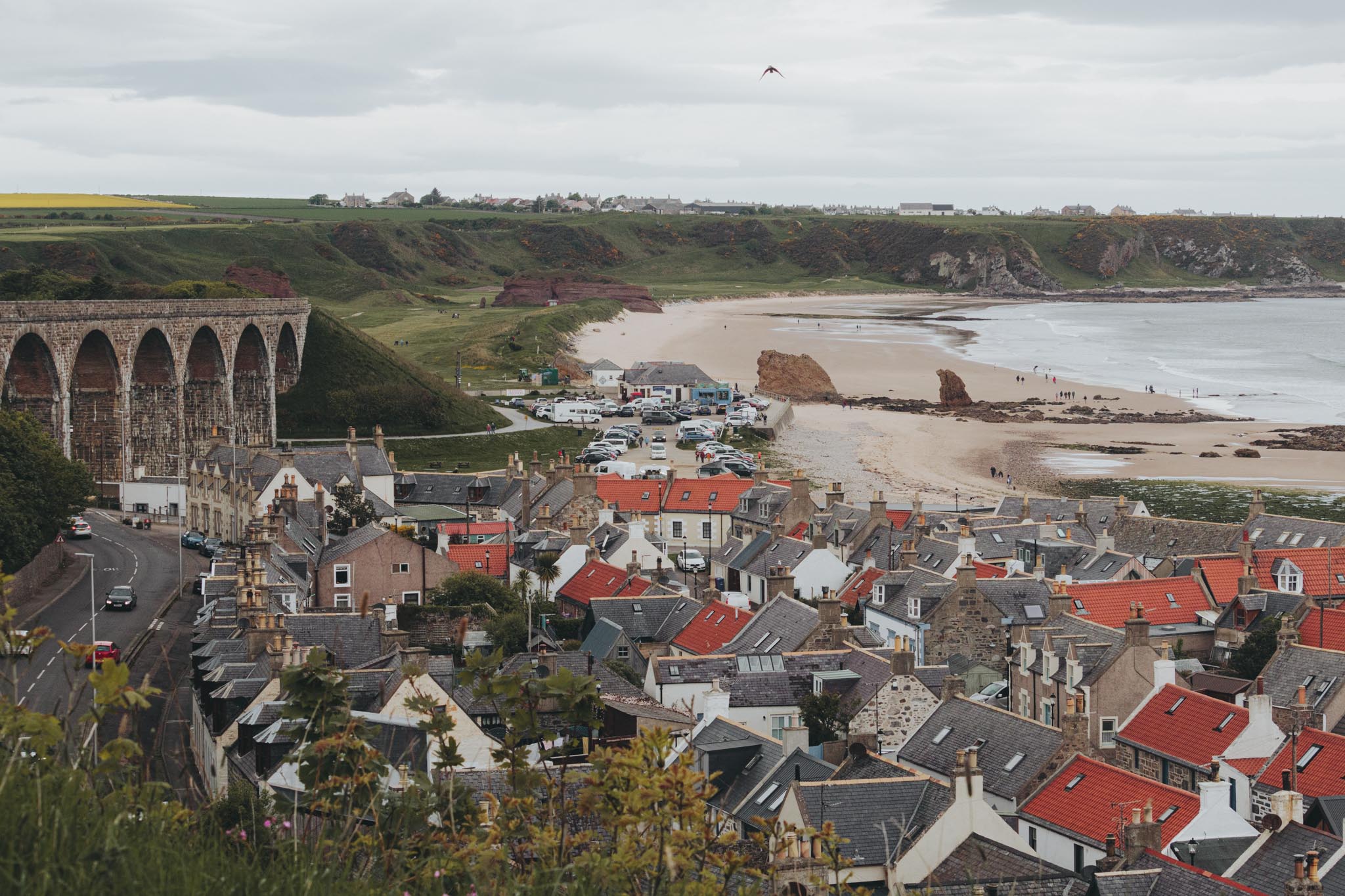
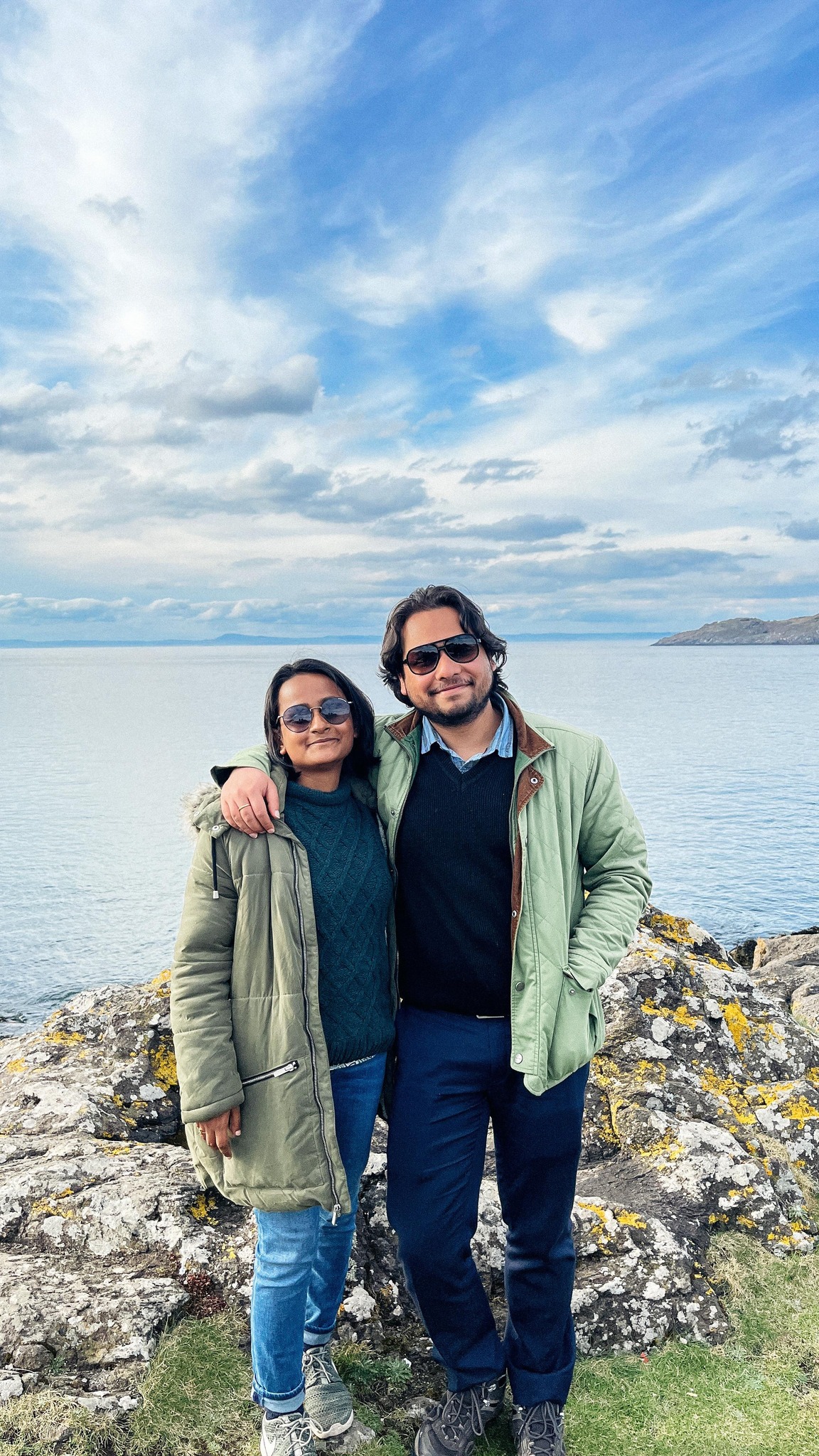
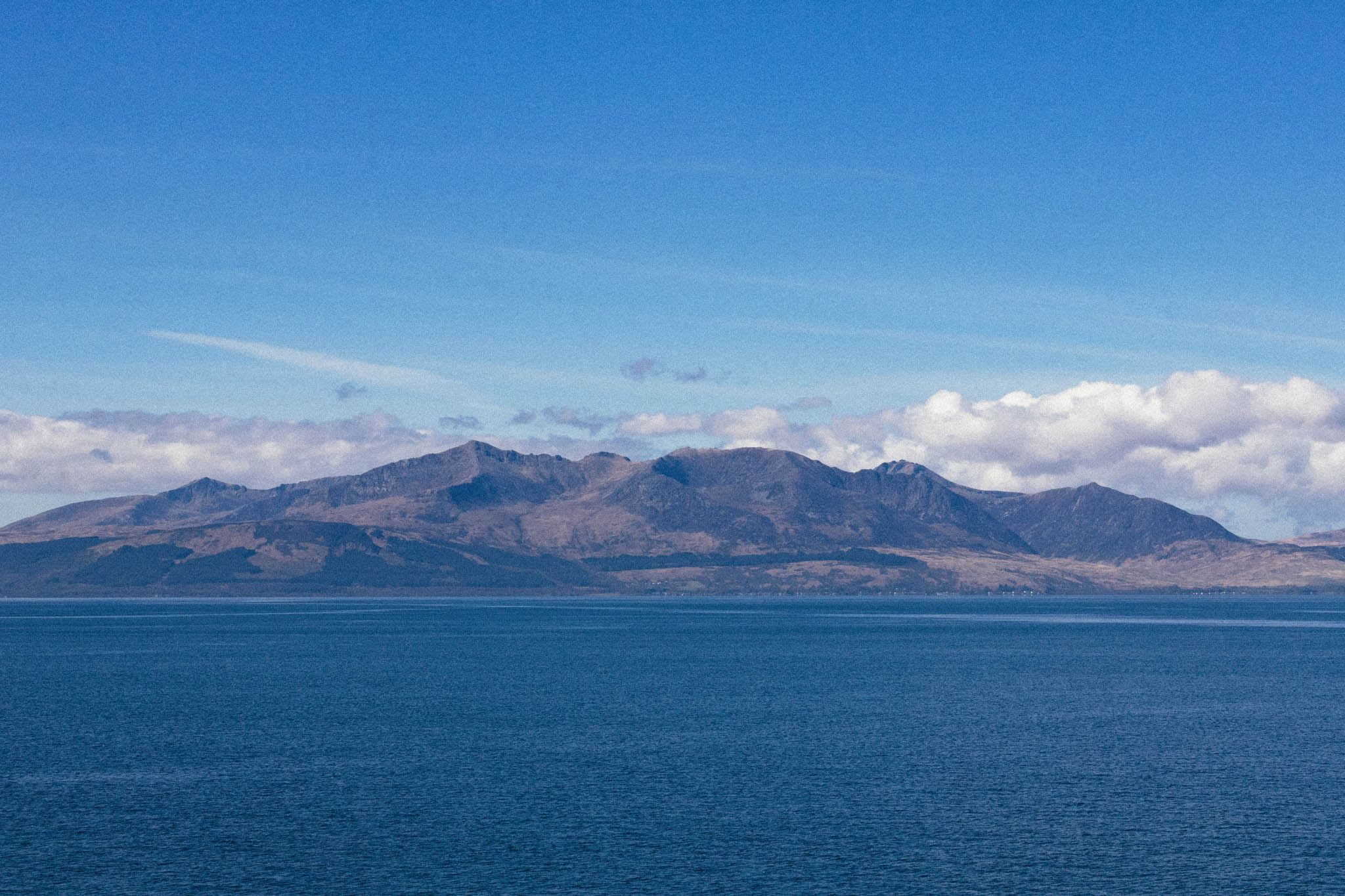
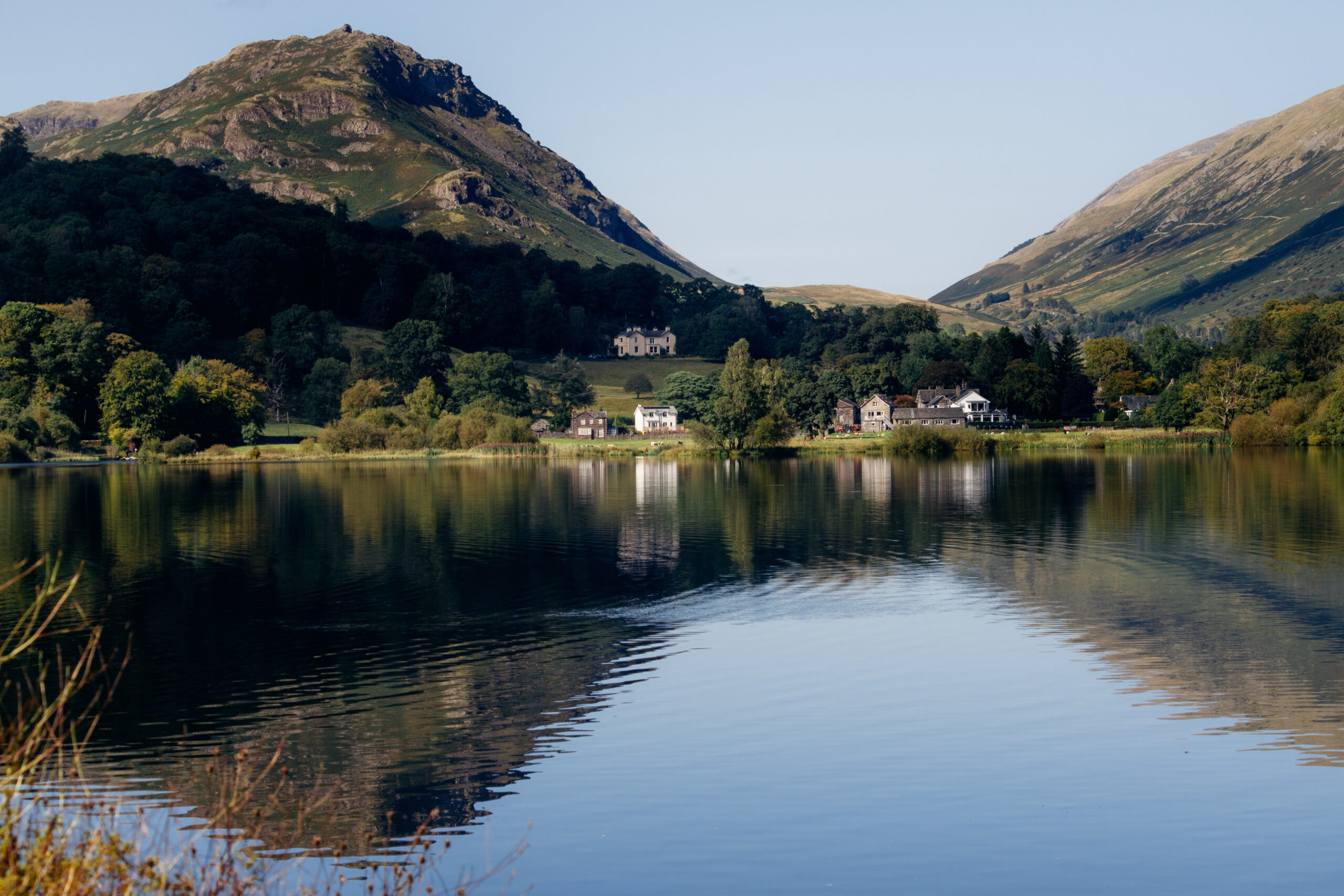
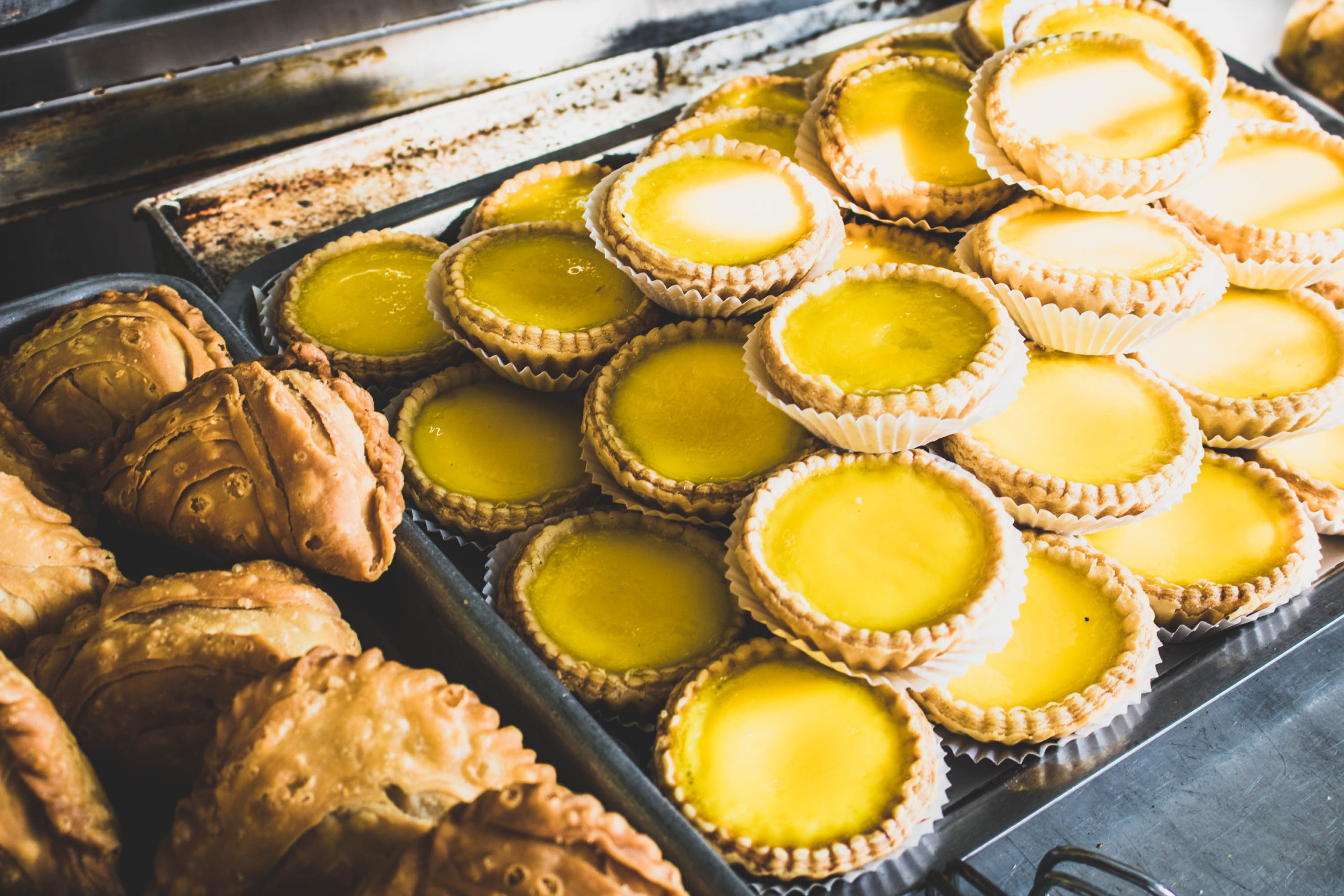
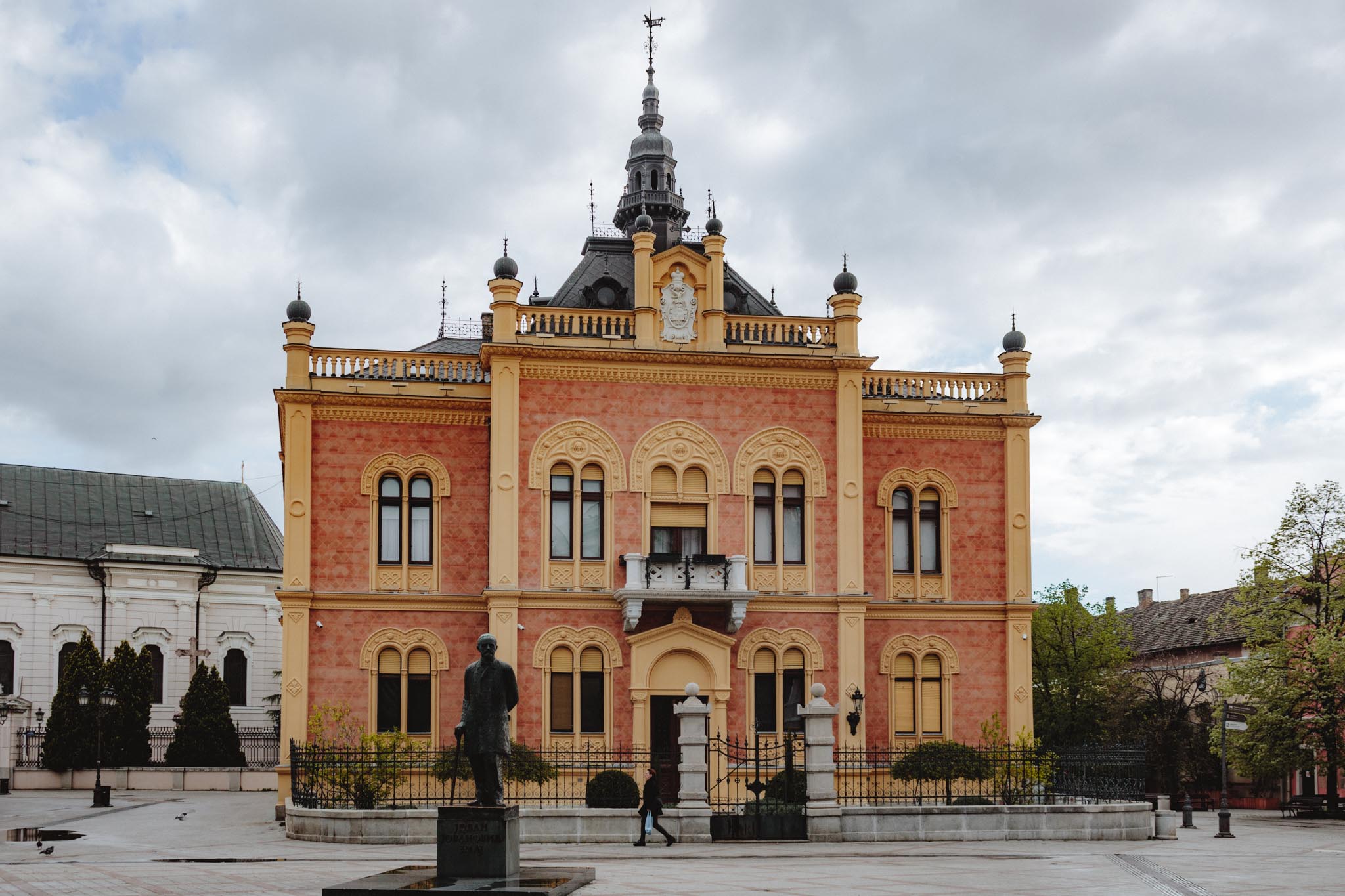
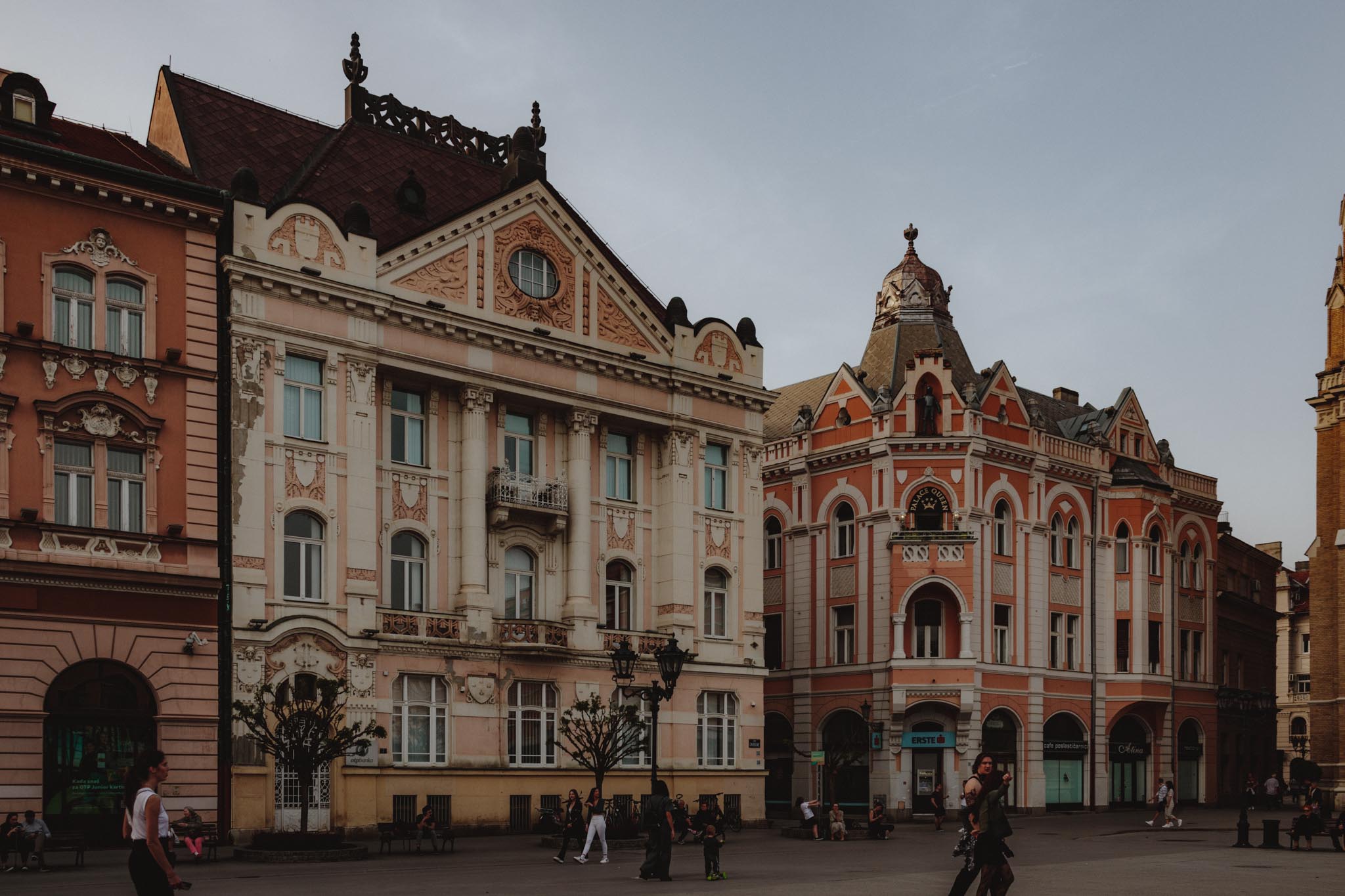
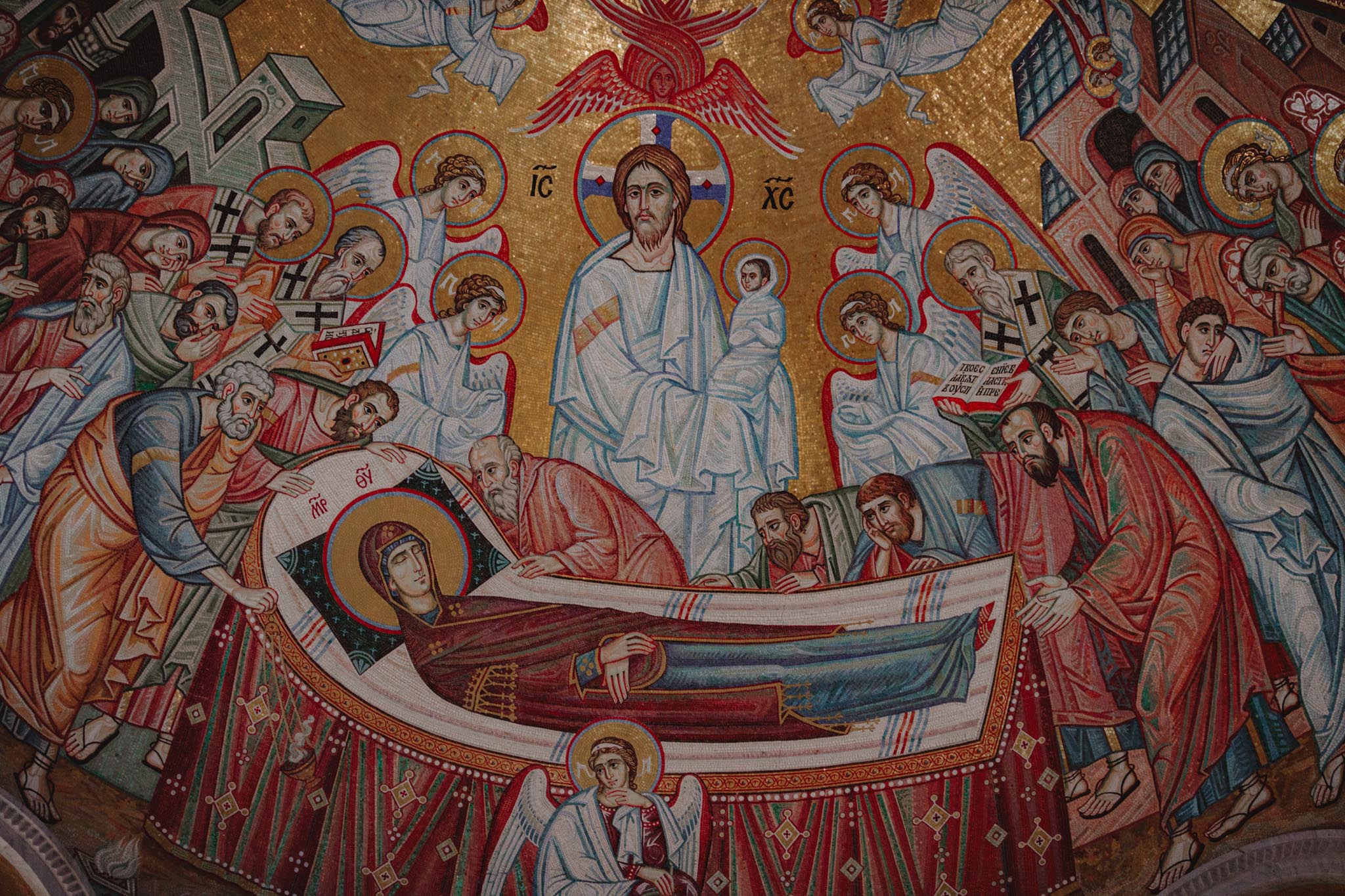
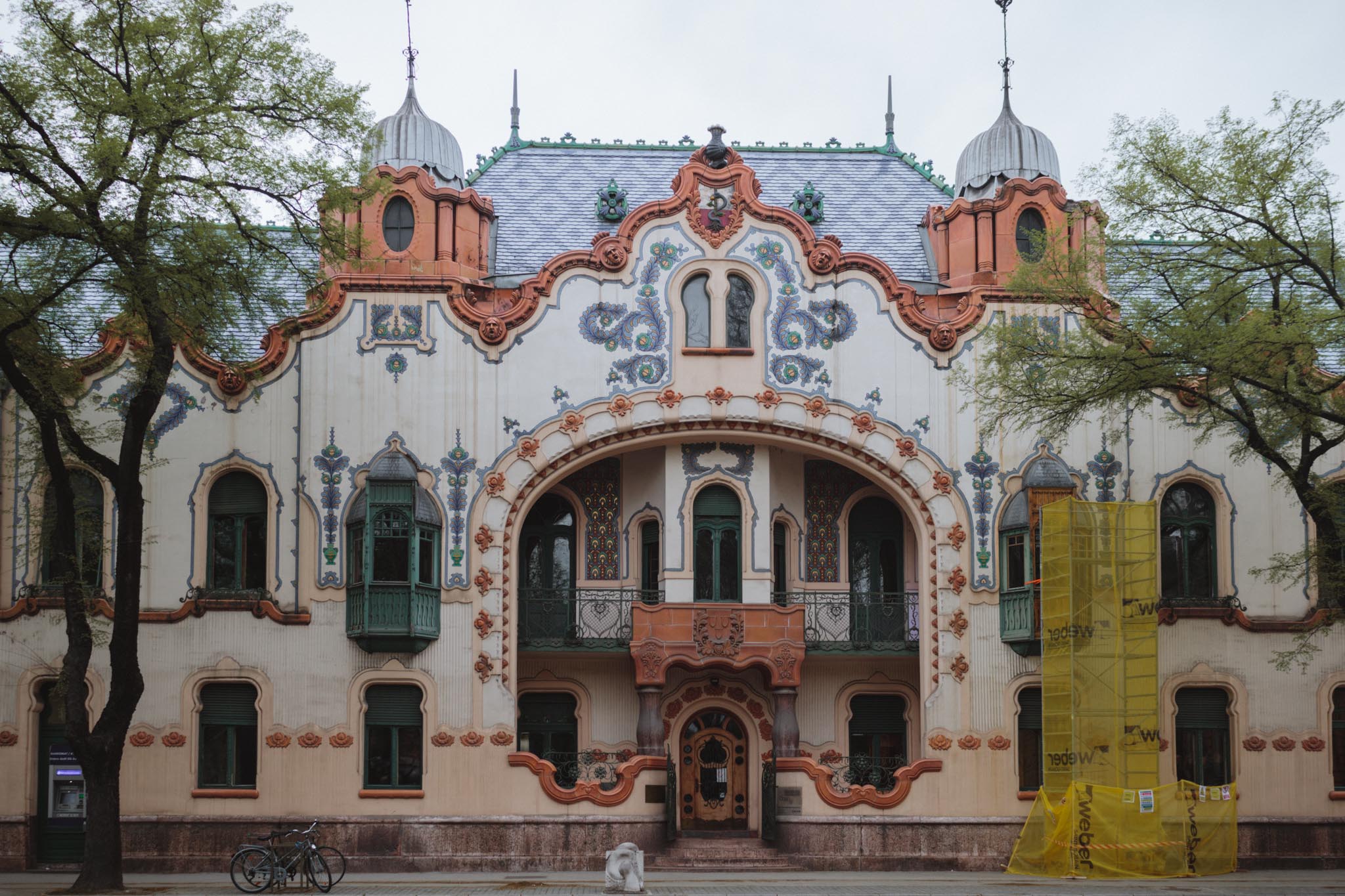

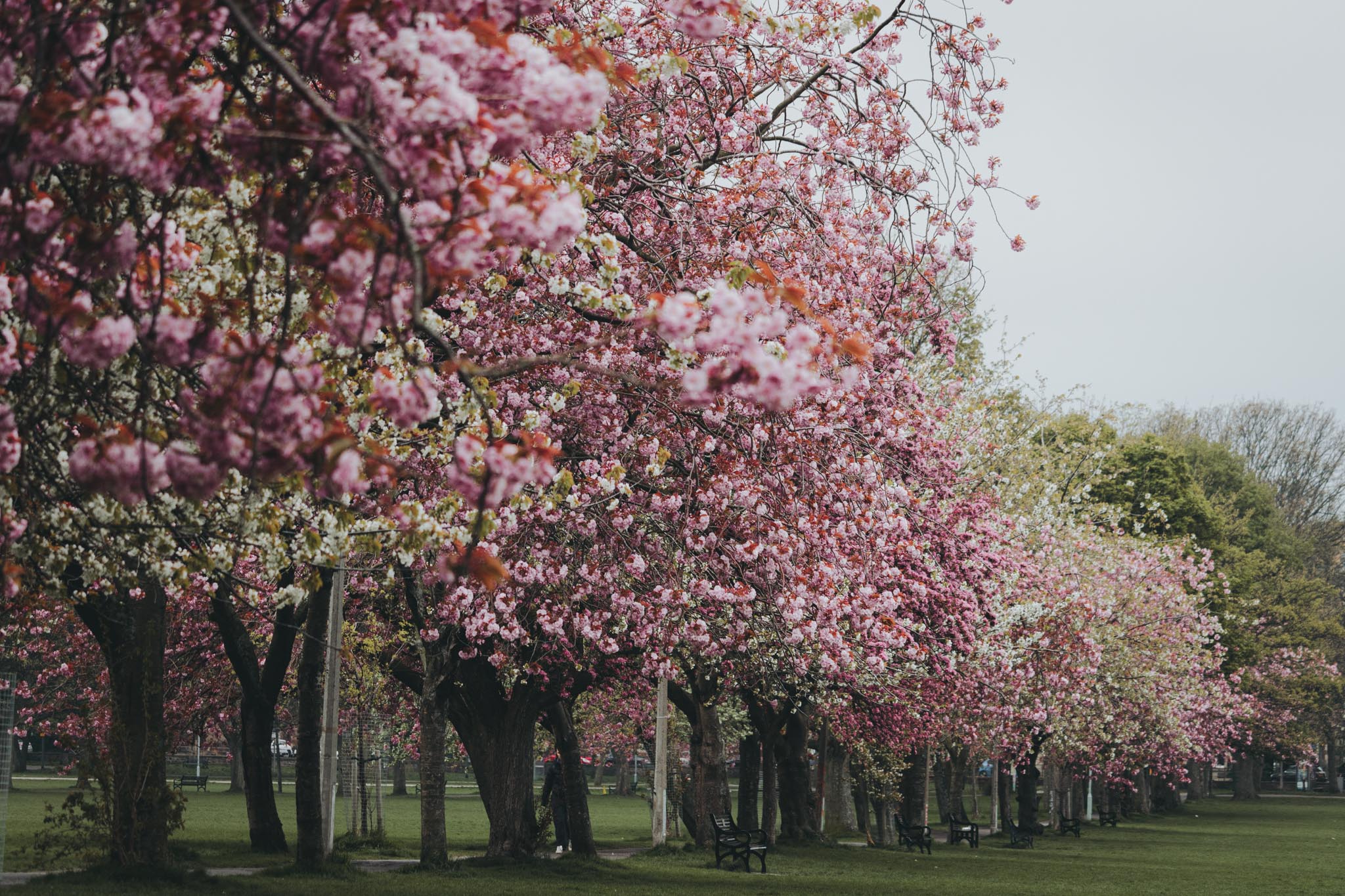
Leave a Reply